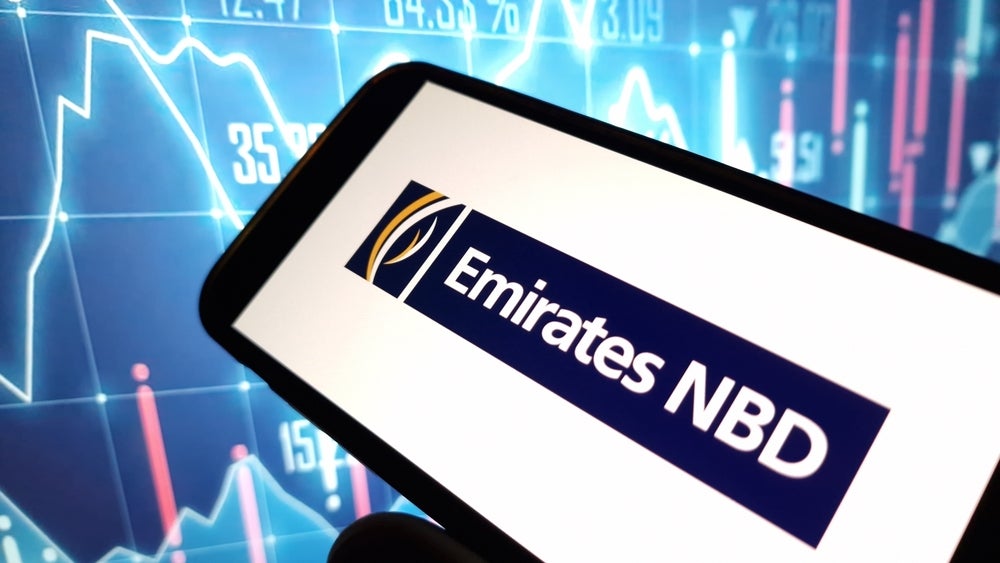Annual costs on manual and inefficient Know Your Customer (KYC) processes are expected to rise to £10m in three years, according to a report.
The new Consult Hyperion report, titled AMLD4/AMLD5 KYCC: Know Your Compliance Costs, commissioned by Mitek, revealed that the average UK bank is currently wasting £5m in manual and inefficient KYC processes and that this waste is expected to rise to £10m in three years.
According to the report, the Fourth EU Anti-Money Laundering Directive (AMLD4) and the Fifth EU Anti-Money Laundering Directive (AMLD5), due to take effect in twelve months, will increase these costs, as the frequency of KYC checks rise and more transaction types fall within its scope.
Total costs for KYC processes range from £10 to £100 per check and, in the UK, 25% of applications are abandoned due to KYC friction. In addition, AMLD4 will impose fines as high as 10% of annual turnover for serious breaches.
The report also concluded that eID for digital onboarding are several years away from being widely available to the banking sector and that mobile technology could save KYC costs.
Steve Pannifer, author of the report and COO at Consult Hyperion, said: “The message to all financial institutions is clear: The cost of KYC checks is much too high, placing too much reliance on inefficient and error-prone manual processes.
“Getting it wrong is both costly and damaging. New rules will result in much higher fines when serious failures in compliance occur. Financial institutions cannot afford to wait for eID to be widely available. Advanced mobile technology provides a straightforward mechanism now to reduce both cost and risk as well as remove friction from the user experience, increasing top line revenue.”







